


This product is based on a semiconductor gain chip and utilizes a unique external cavity structure and advanced packaging technology. It features narrow linewidth, low relative intensity noise (RIN), and low phase noise. The device is housed in a standard 14-pin butterfly package, offering high output power, high stability, high reliability, and long service life.
-Single longitudinal mode output, linewidth ≤ 3 kHz
-Low phase noise and relative intensity noise (RIN)
-Operating temperature: -40 to 70°C
-Narrow far-field angle / near-circular beam

522KB
Optoelectronic Performance Parameters
| Parameter Name | Condition | Minimum Value | Typical Value | Maximum Value | Unit |
| Output Optical Power | T = 25°C, P = 200 mA | — | 15 | — | mW |
| Drive Current | T = 25°C | — | 30 | 50 | mA |
| Slope Efficiency | T = 25°C, P = 15 mW | 0.28 | 0.30 | 0.35 | W/A |
| Center Wavelength | T = 25°C | λ – 0.005 | λ | λ + 0.005 | nm |
| -20 dB Spectral Width | T = 25°C, P = 15 mW | — | 1 | 3 | kHz |
| Wavelength Temperature Tunability (dλ/dT) | Iop = 200 mA | — | 0.08 | — | nm/°C |
| Side-Mode Suppression Ratio (SMSR) | T = 25°C, P = 15 mW | 50 | — | — | dB |
| Forward Current | T = 25°C, P = 200 mA | — | — | 200 | mA |
| Forward Optical Power | T = 25°C, P = 200 mA | — | 15 | — | mW |
Environmental Specifications
| Parameter | Symbol | Minimum Value | Typical Value | Maximum Value | Unit |
| Operating Temperature | T\(_{C}\) | -40 | — | 70 | °C |
| Storage Temperature | T\(_{ST}\) | -50 | — | 100 | °C |
| Output Power | Pmax | — | — | 20 | mW |
| Reverse Voltage | V\(_{R}\) | — | — | -2 | V |
| Reverse Current | I\(_{R}\) | — | — | -10 | µA |
| Forward Current | I\(_{F}\) | — | — | 350 | mA |
| ESD Voltage | — | ≥500 | — | — | V |

| Pin Number | Definition | Pin Number | Definition |
| 1 | Thermistor | 8 | Case |
| 2 | Thermistor | 9 | Case |
| 3 | LD- | 10 | NA |
| 4 | NA | 11 | LD+ |
| 5 | NA | 12 | LD- |
| 6 | TEC+ | 13 | LD+ |
| 7 | TEC- | 14 | NA |
-Ultra-high-speed encoding
-Quantum key distribution (QKD)
-Optical Fiber sensing
-Optical communication field
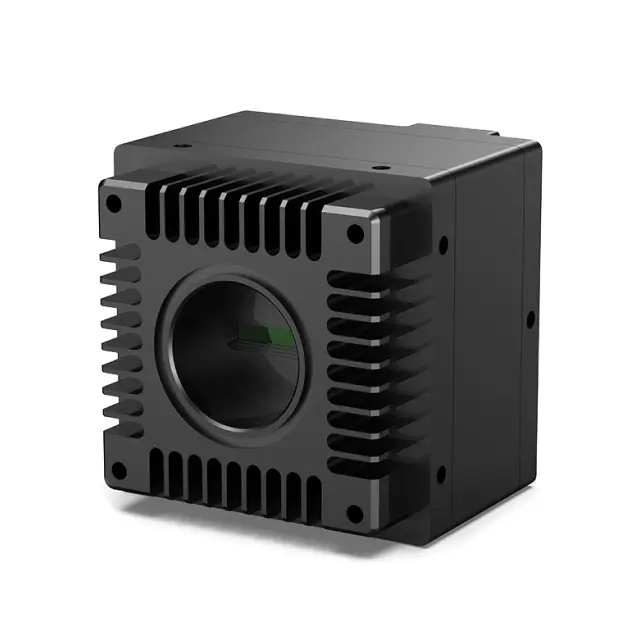
Visible Light⁺ Near-Infrared Camera
This camera is suitable for the spectral range of 400-1700nm, covering the visible light to shortwave
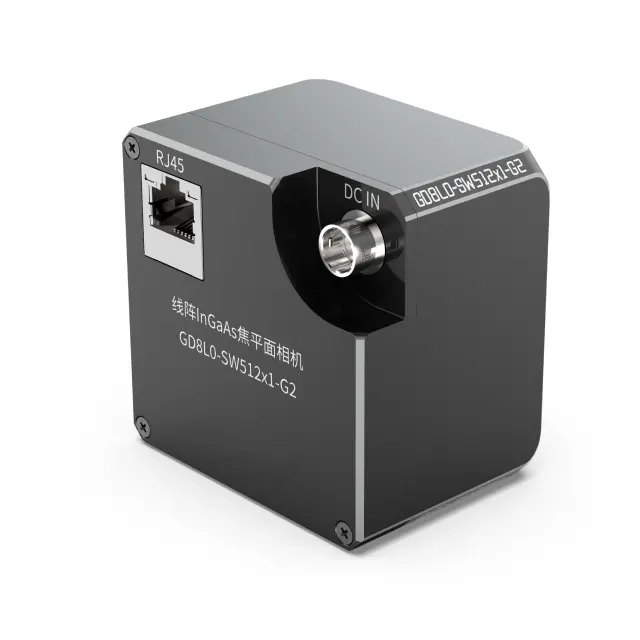
InGaAs Linear Focal Plane Camera
The industrial grade linear array shortwave infrared camera is designed for the spectral ange of 900-1700nm

InGaAs Face Array Focal Plane Camera
This product uses domestically produced high sensitivity InGaAs array detectors, with array sizes of 320×256
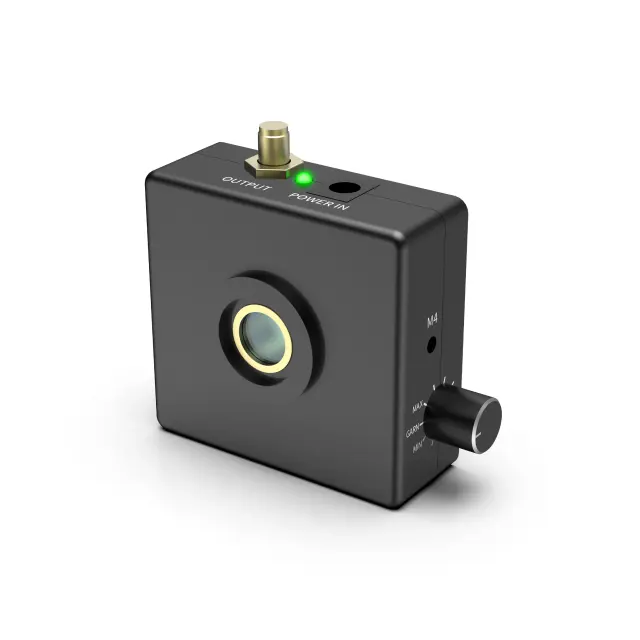
InGaAs Avalanche Photon Detector
This product is a compact near-infrared avalanche photodetector with a core circuit made of domestically
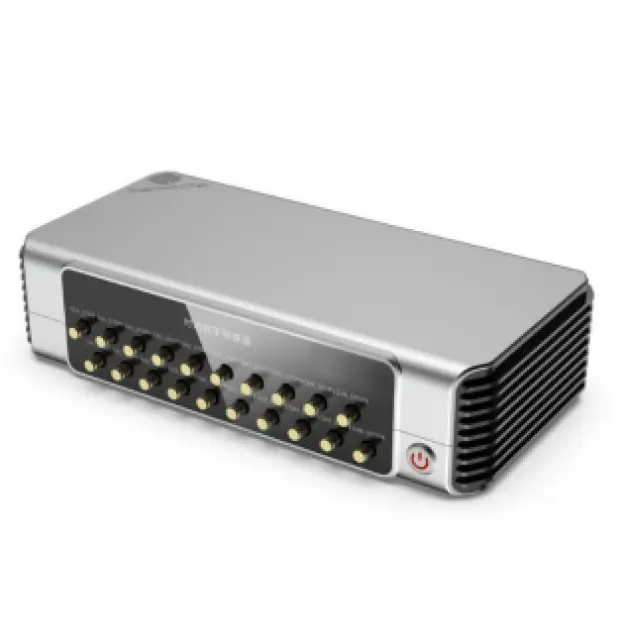
Time-to-Digital Converter
The QTDC-16CH-0A is a compact, high-precision measurement instrument featuring 16 acquisition
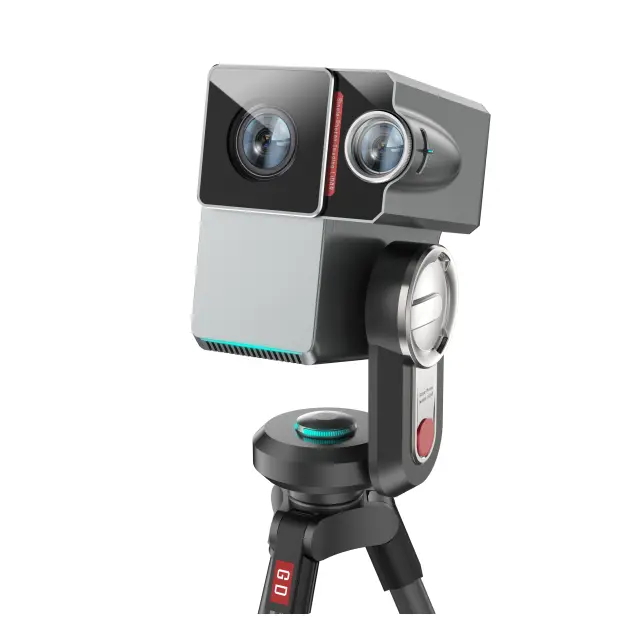
Single Photon Ranging System
This product adopts a fiber optic coaxial optical path design and an integrated system design,which has good stability
Laser linewidth refers to the spectral width of a laser beam, typically measured as the full width at half-maximum (FWHM) of its optical spectrum in terms of frequency, wavenumber, or wavelength. It essentially describes the range of wavelengths present in the laser’s output spectrum. A narrower linewidth corresponds to greater spectral purity, which translates to higher phase stability, reduced phase noise, and enhanced signal quality in applications where precise frequency control is crucial.
The linewidth is fundamentally related to the temporal coherence of the laser, characterized by its coherence time or coherence length. A perfectly monochromatic laser would have zero linewidth and infinite coherence length, but real-world lasers always exhibit some spectral broadening due to various noise sources.
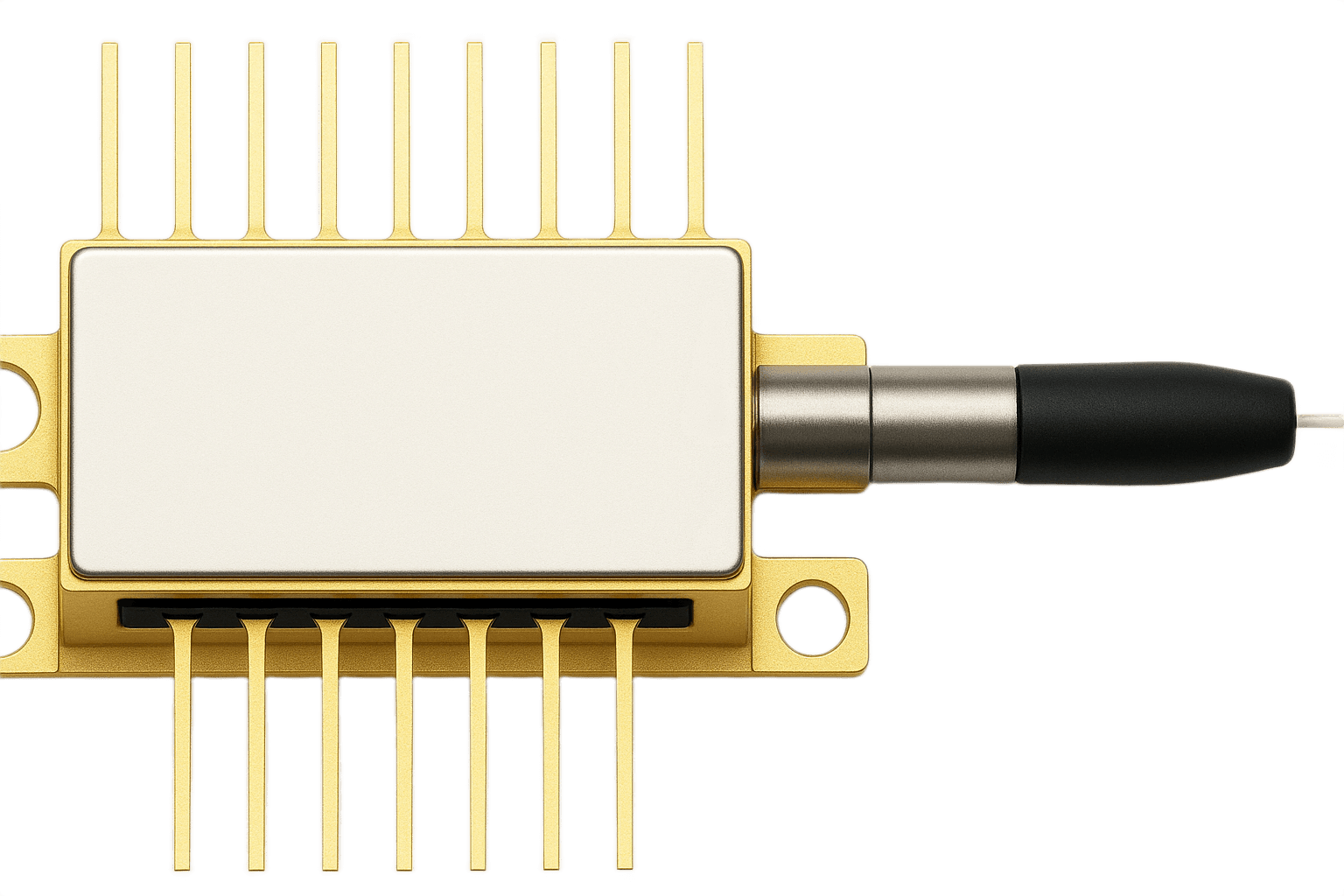
Semiconductor lasers represent the most common type of narrow linewidth lasers, with distributed feedback laser diodes (DFB lasers) and distributed Bragg reflector lasers (DBR lasers) being particularly prevalent. These typically operate in the 1.5-μm or 1.0-μm wavelength regions with output powers of several tens of milliwatts and linewidths of several megahertz.
For significantly narrower linewidths, external-cavity diode lasers can be employed. These extend the resonator with components such as a single-mode fiber containing a narrow-bandwidth fiber Bragg grating. Through such configurations, ultra-narrow linewidths of a few kilohertz or even below 1 kHz can be achieved.
Fiber lasers in distributed feedback configurations, where the resonator is formed by a specialized fiber Bragg grating, can generate tens of milliwatts of output power with linewidths in the region of a few kilohertz. Higher output powers are achievable with longer distributed Bragg reflector (DBR) fiber lasers or unidirectional fiber ring lasers, potentially combined with fiber amplifiers.
An impressive advancement in this category is the development of photonic-integrated Brillouin lasers. These leverage stimulated Brillouin scattering (SBS) to achieve remarkably narrow linewidths. Researchers have demonstrated a sub-Hz (~0.7 Hz) fundamental linewidth photonic-integrated waveguide laser using a cascaded-order SBS design fabricated in a Si3N4 waveguide integration platform.
Diode-pumped solid-state bulk lasers, particularly in the form of nonplanar ring oscillators, can achieve linewidths of a few kilohertz combined with relatively high output powers of around 1 W. While 1064-nm wavelength is typical, other wavelengths in the 1.3-μm or 1.5-μm regions are also possible.
The vibration influence on wavelength stability remains a key consideration for solid-state lasers, as mechanical stability of cavity components directly impacts the achievable linewidth.
Achieving a narrow emission bandwidth requires attention to several crucial design elements:
Single-Frequency Operation: This is most readily achieved using a gain medium with a small gain bandwidth and a laser resonator with short length, leading to a large free spectral range. The goal is long-term stable single-frequency operation without mode hopping.
Minimization of External Noise: This requires a stable resonator setup, preferably monolithic, with protection against mechanical vibrations. For electrically pumped lasers, low-noise voltage or current sources are essential, while optically pumped lasers need pump sources with low intensity noise. Additionally, optical feedback must be avoided, typically through the use of Faraday isolators.
Optimization for Noise Reduction: The laser design should specifically minimize phase noise. High intracavity optical power and long resonators can be beneficial, though stable single-frequency operation becomes more challenging with longer resonators.
Self-injection locking to a high-quality-factor microresonator has become a key component in various photonic applications, including compact narrow-linewidth lasers. Researchers have developed techniques to determine the parameters of the locking mode, which is crucial for optimal device construction. For example, a 2.64 μm laser diode has been stabilized using a high-Q whispering gallery mode microresonator made of crystalline silicon, achieving a quality factor of $5\cdot10^8$.
The Pound-Drever-Hall technique represents one of the most powerful methods for frequency stabilization, particularly for locking a laser source to a resonant mode of an optical cavity. This method involves passing light from a laser through an electro-optic modulator, which modulates its phase as directed by an oscillator. The light then passes through a cavity, and the reflected beam is monitored by a photodetector. Mixing the photodetector signal with the oscillator output isolates the derivative of the reflection coefficient, which serves as an error signal for adjusting the laser frequency.
Modern implementations of this technique with careful vibration isolation have achieved sub-Hz stability, making it the most popular laser-locking method currently in use.
The self-heterodyne method is the most common technique for measuring the linewidth of a single-frequency laser. In this approach, one portion of the laser beam passes through a long optical fiber providing a time delay, while another portion goes through an acousto-optic modulator (AOM) that shifts the optical frequency components. These beams are then superimposed on a beam splitter, and the resulting beat note is recorded with a photodetector.
For sufficiently long delays, where the superimposed beams are essentially uncorrelated, the output spectrum becomes a self-convolution of the laser output spectrum, from which the laser linewidth can be determined. However, defining “sufficiently long” can be challenging, as it depends on the coherence length derived from the measured linewidth itself.
For lasers with very narrow linewidths and consequently long coherence lengths, conventional self-heterodyne techniques may become impractical due to the extremely long delay lines required. Several innovative approaches have been developed to address this challenge:
Short-Delayed Self-Heterodyne Method: This approach uses pairs of data points (corresponding to adjacent maxima and/or minima) in the signal generated from the self-heterodyne setup to determine laser linewidth. A key benefit is that it avoids 1/f noise which would otherwise be introduced through long fibers.
Short-Fiber Recirculating Delayed Self-Heterodyne (SF-RDSH): By precisely designing the length of the delay fiber, this technique enables highly sensitive laser phase noise measurement from 1 Hz to 1 MHz using a delay length as short as 200 meters.
Digital Signal Processing Techniques: Advanced methods utilize digital signal processing where the Allan variance of the beat note frequency is obtained and then used to determine laser linewidth and phase noise properties. These approaches can determine both white frequency noise and flicker-noise contributions.
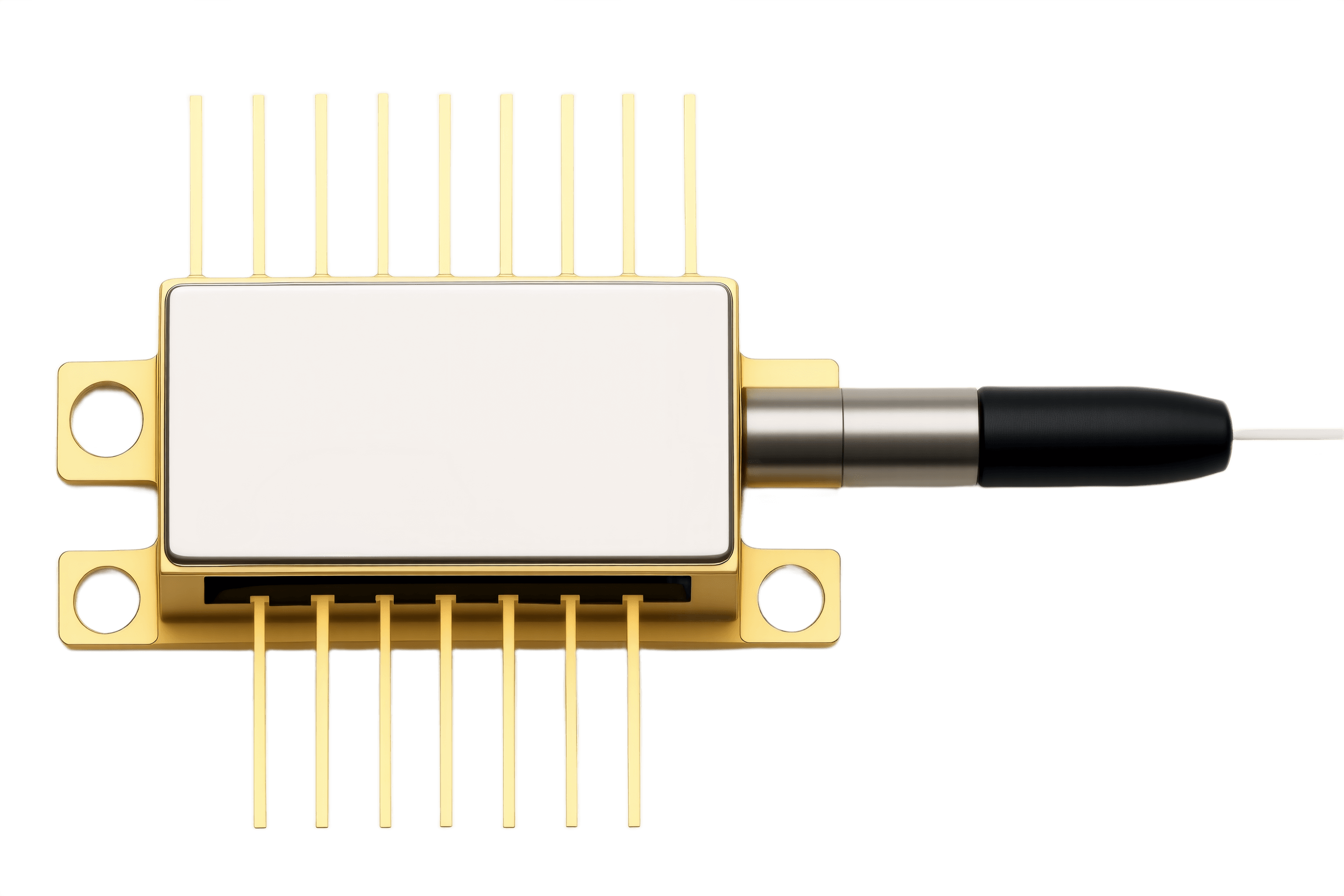
In optical communications, particularly coherent communications systems, narrow linewidth lasers are essential components. These systems encode information in the phase of light, requiring highly pure light sources to maximize information transmission capacity. The narrower the laser linewidth, the more information can be transmitted, making these lasers crucial for expanding network capacity through dense wavelength division multiplexing (DWDM).
The miniaturization of coherent technology into pluggable transceiver modules has enabled widespread implementation of IP over DWDM solutions, with tunable narrow linewidth lasers at their core.
Narrow linewidth lasers serve as critical tools in optical frequency metrology, where they facilitate precise measurement of optical frequencies. Their exceptional frequency stability makes them ideal for applications requiring high-precision measurements.
In sensing applications, these lasers enable various fiber-optic sensor technologies that rely on detecting minute frequency shifts. The high coherence of narrow linewidth lasers allows for increased sensitivity in interferometric measurements used in such sensors.
Beyond communications and metrology, narrow linewidth lasers find application in:
Spectroscopy: The precise frequency control enables high-resolution spectroscopic measurements for material analysis and chemical detection.
Atomic Clocks: Ultra-stable laser sources are crucial components in modern atomic clock systems that require exceptional frequency precision.
Optical Frequency Comb Generation: Narrow linewidth lasers can serve as reference sources for optical frequency combs, which have revolutionized frequency metrology.
Quantum Physics Experiments: The high coherence of these lasers makes them valuable tools for quantum optics and quantum information processing.
A narrow linewidth laser is characterized by its exceptionally small spectral width, typically measured as the full width at half-maximum (FWHM) of its optical spectrum. This metric reflects the range of wavelengths emitted, with narrower linewidths indicating higher spectral purity and phase stability. While research-grade photonic-integrated Brillouin lasers have demonstrated sub-Hz linewidths. The linewidth arises from phase noise caused by quantum fluctuations, mechanical vibrations, and thermal effects, with the Schawlow-Townes limit representing the fundamental quantum noise floor.
Laser linewidth directly impacts systems relying on phase-sensitive detection or interference. In coherent optical communications, narrower linewidths (<100 kHz) enable higher-order modulation formats, increasing data capacity in dense wavelength-division multiplexing (DWDM) networks. For atomic clocks and quantum sensing, sub-kHz linewidths reduce decoherence errors, improving measurement precision. Applications such as LIDAR and fiber-optic gyroscopes also depend on linewidths below 10 kHz to maintain signal-to-noise ratios over long distances.
Conventional self-heterodyne methods face limitations when measuring sub-kHz linewidths due to impractical fiber delay lengths. Advanced approaches like the short-delay self-heterodyne method use coherent envelope spectrum demodulation to bypass 1/f noise, enabling precise characterization without multi-kilometer fibers. Recirculating delayed self-heterodyne interferometry (RDSHI) amplifies phase noise signals through looped delays, resolving linewidths down to 700 Hz. These methods often employ Voigt profile analysis to separate Lorentzian (intrinsic) and Gaussian (technical noise) contributions.
Semiconductor lasers: Distributed feedback (DFB) and distributed Bragg reflector (DBR) diodes typically offer 1–50 MHz linewidths. External-cavity designs with fiber Bragg gratings or microring resonators reduce this to kHz levels.
Fiber lasers: Erbium-doped fiber lasers with phase-conjugate FBGs achieve 1–10 kHz linewidths, while Brillouin fiber lasers reach sub-Hz performance through cascaded Stokes shifting.
Solid-state lasers: Nonplanar ring oscillators (NPROs) provide 1–5 kHz linewidths with watt-level output, favored in gravitational wave detection.
Integrated photonic platforms, such as thin-film lithium niobate, enable chip-scale lasers with 2.5 kHz linewidths while maintaining 60 dB side-mode suppression.
Self-injection locking to high-Q microresonators has emerged as a key method, reducing free-running laser linewidths from MHz to kHz or Hz ranges. For instance, silicon nitride microring resonators with Q-factors exceeding 10⁶ have stabilized DFB lasers to 40 Hz intrinsic linewidths. The Pound-Drever-Hall technique remains prevalent for active stabilization, using feedback from reference cavities to suppress phase noise.
Thermomechanical noise in optical cavities remains a primary limitation, requiring ULE (ultra-low expansion) materials or cryogenic cooling for Hz-level stability. Nonlinear effects like stimulated Brillouin scattering (SBS) in high-power fiber lasers introduce linewidth broadening, necessitating complex pump modulation schemes. Packaging-induced stress in photonic-integrated lasers can destabilize resonators, driving research into stress-compensated waveguide designs. Additionally, characterizing sub-Hz linewidths demands novel metrology approaches, as traditional electrical spectrum analyzers lack sufficient resolution bandwidth.
Semiconductor lasers (DFB, DBR, and external cavity types) offer linewidths from MHz down to kHz and are common in telecom and sensing. Fiber lasers use fiber Bragg gratings for kHz-level linewidths and stable output. Solid-state lasers (like nonplanar ring oscillators) provide kHz linewidths with higher power, ideal for scientific and industrial use.
Key factors include stable single-frequency operation, minimizing mechanical and electrical noise, suppressing optical feedback (using isolators), and optimizing laser cavity design for low phase noise. Integrated electronics and robust packaging further enhance stability and spectral purity.